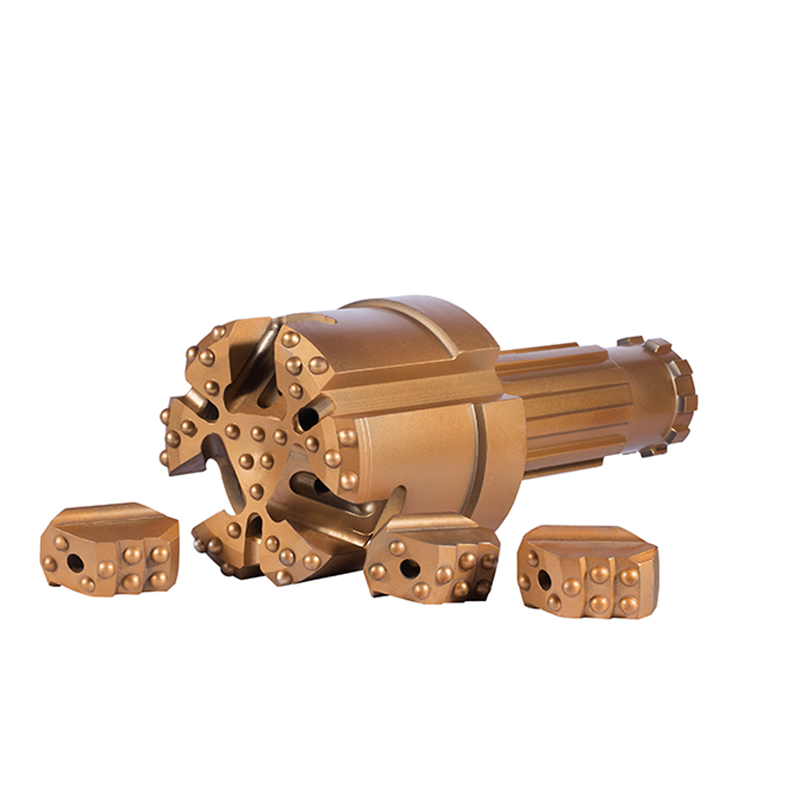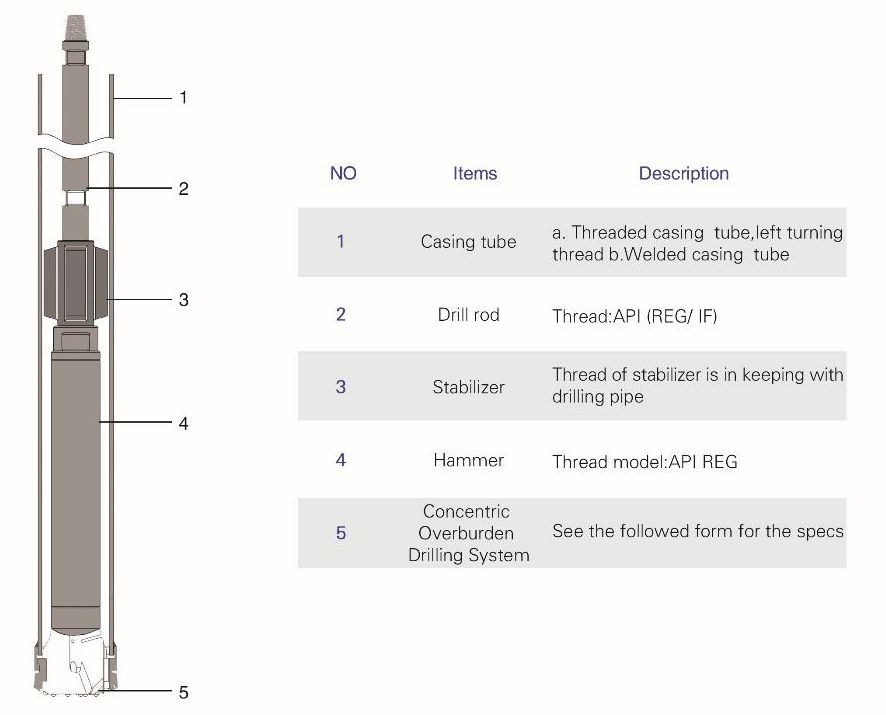This website uses cookies so that we can provide you with the best user experience possible. Cookie information is stored in your browser and performs functions such as recognising you when you return to our website and helping us understand which sections of the website you find most interesting and useful. See our Cookie Policy for more information.
These cookies are used to deliver our website and content. Strictly necessary cookies relate to our hosting environment, and functional cookies are used to facilitate social logins, social sharing and rich-media content embeds. Drill Rod Manufacturer

Advertising Cookies collect information about your browsing habits such as the pages you visit and links you follow. These audience insights are used to make our website more relevant.
Performance Cookies collect anonymous information designed to help us improve the site and respond to the needs of our audiences. We use this information to make our site faster, more relevant and improve the navigation for all users.
Ian Lyall, a seasoned journalist and editor, brings over three decades of experience to his role as Managing Editor at Proactive. Overseeing Proactive's editorial and broadcast operations across six offices on three continents, Ian is responsible for quality control, editorial policy, and content production. He directs the creation of 50,000 pieces of real-time news, feature articles, and filmed interviews annually. Prior to Proactive, Ian helped lead the business output at the Daily... Read more
Proactive financial news and online broadcast teams provide fast, accessible, informative and actionable business and finance news content to a global investment audience. All our content is produced independently by our experienced and qualified teams of news journalists.
Proactive news team spans the world’s key finance and investing hubs with bureaus and studios in London, New York, Toronto, Vancouver, Sydney and Perth.
We are experts in medium and small-cap markets, we also keep our community up to date with blue-chip companies, commodities and broader investment stories. This is content that excites and engages motivated private investors.
The team delivers news and unique insights across the market including but not confined to: biotech and pharma, mining and natural resources, battery metals, oil and gas, crypto and emerging digital and EV technologies.
Proactive has always been a forward looking and enthusiastic technology adopter.
Our human content creators are equipped with many decades of valuable expertise and experience. The team also has access to and use technologies to assist and enhance workflows.
Proactive will on occasion use automation and software tools, including generative AI. Nevertheless, all content published by Proactive is edited and authored by humans, in line with best practice in regard to content production and search engine optimisation.
Last updated: 06:45 06 Nov 2023, First published: 06:33 06 Nov 2023
Reverse Circulation (RC) drilling stands out as a key technique for the efficient discovery and evaluation of subsurface mineral deposits. RC drilling is a preferred method for many exploration companies, particularly those engaged in the search for valuable commodities deep within the earth’s crust.
RC drilling is more sophisticated and, consequently, more effective than its precursors such as Rotary Air Blast (RAB) and aircore drilling. The principle behind RC drilling is simple yet ingenious: it involves the use of a dual-wall drill pipe where compressed air is introduced between the inner and outer tubes.
The air drives a pneumatically powered down-hole hammer that crushes the rock into small chips and fragments. These cuttings are then returned to the surface within the inner tube, which provides a continuous and uncontaminated sample.
This technique has several advantages. Firstly, RC drilling provides a much clearer geological picture of the drill site. The samples returned are not only more representative of the subsurface strata but also remain in much better condition, as they are less exposed to contamination and the altering effects of the atmosphere during their rapid ascent. This allows for a more accurate assay, giving geologists high-quality data to inform their analysis.
Secondly, while RC drilling is slower than RAB or aircore methods, it achieves better penetration, especially in harder rock formations, and can reach greater depths. This is crucial when targeting mineral deposits that lie deep underground, which are increasingly becoming the focus as surface deposits become depleted.
Indeed, RC drilling is costlier, but the investment is justified by the quality and reliability of the data it provides. Exploration companies may spend more upfront on RC drilling, but the potential for a higher return on investment is significant if the method identifies a commercially viable mineral deposit.
Moreover, RC drilling's ability to provide continuous samples is particularly beneficial in complex geological settings where stratigraphic and mineralogical changes occur frequently. This continuous sampling can accurately track changes in mineralization, allowing for precise delineation of ore bodies and helping to optimize mine planning and reduce waste in mining operations.
The operational aspect of RC drilling also offers safety benefits. Since the drill cuttings are returned to the surface inside the rods, there is a reduced risk of losing samples. Additionally, the method minimizes the exposure of workers to dust and other potential hazards associated with the drilling process.
The environmental footprint of RC drilling can also be smaller compared to other methods, as it often requires fewer drill pads and less overall disturbance to the site. This is an important consideration in today’s environmentally conscious industry.
In the global landscape of mining, where the pursuit of deeper and more complex ore bodies is becoming the norm, RC drilling is a crucial tool. It bridges the gap between surface discoveries and deep-seated deposits, allowing the industry to sustainably and efficiently unlock the earth's hidden wealth.
RC drilling is a testament to the industry's innovation and adaptability. While it may come at a higher cost and slower pace than other drilling methods, its ability to deliver superior samples from greater depths makes it an invaluable technique in the arsenal of modern mineral exploration. As resource companies delve deeper in their quest for valuable minerals, RC drilling will continue to play a pivotal role in ensuring that this pursuit is not only successful but also responsible and sustainable.
Add related topics to MyProactive
The Company is a publisher. You understand and agree that no content published on the Site constitutes a recommendation that any particular security, portfolio of securities,...
In exchange for publishing services rendered by the Company on behalf of Cyclone Metals Ltd named herein, including the promotion by the Company of Cyclone Metals Ltd in any...
Sign up to receive alerts and news direct to your inbox
Venture Minerals Limited (ASX:VMS, OTC:VTMLF) MD Andrew Radonjic tells Proactive the company has uncovered a significant rare earth element (REE) target now known as the Jupiter prospect at the Brothers Project in Western Australia. The discovery forms part of a 40-square-kilometre area...
Only registered members can use this feature.
Copyright © Proactive Group Holdings Inc, 2023
All Rights Reserved - Proactive North America Inc., Proactive Investors LLC.

Thread Button Market Indices, Commodities and Regulatory News Headlines copyright © Morningstar. Data delayed 15 minutes unless otherwise indicated. Terms of use.